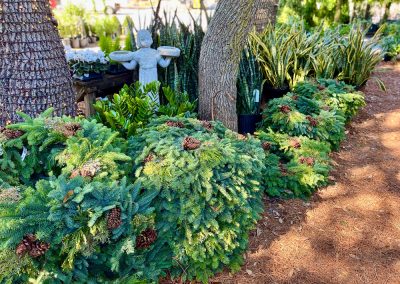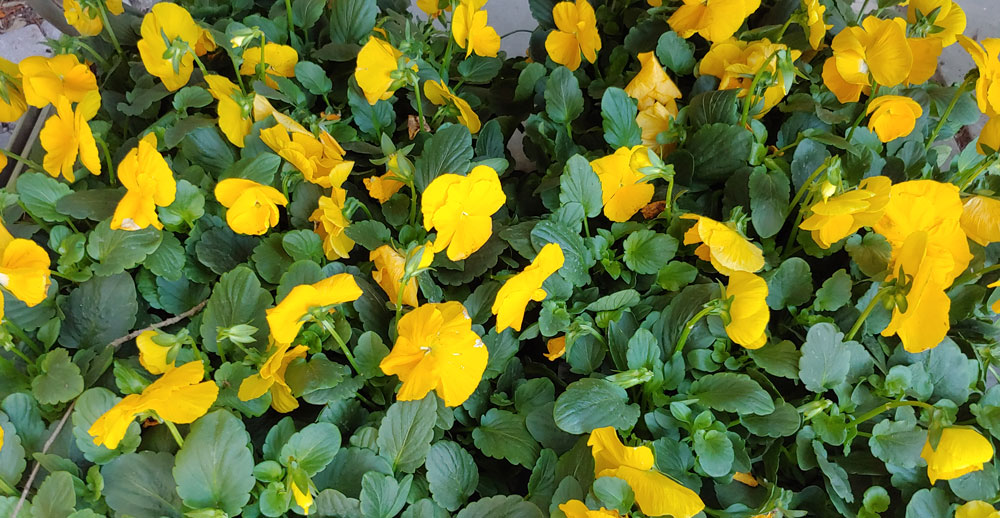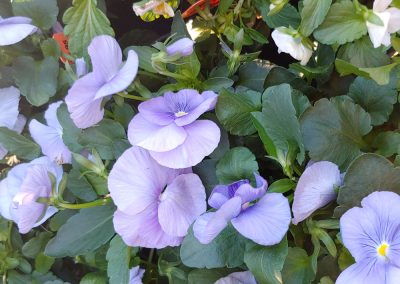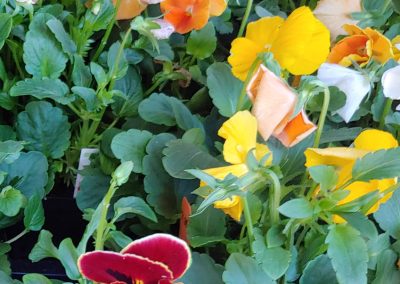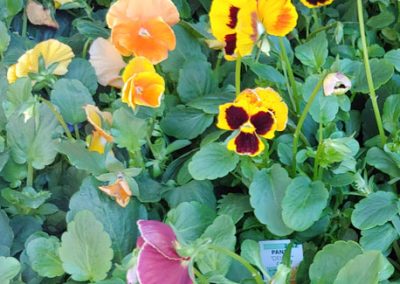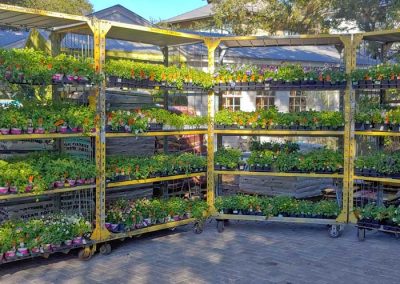
Fresh Holiday Greenery
Fresh Holiday Greenery
Come embellish your doors and mantels with our beautiful fresh wreaths and garlands! We have mixed greenery wreaths, swags of various sizes, and fresh magnolia leaf wreaths! Additionally, there are Frasier Fir and Cyprus garlands, as well as Magnolia leaf garlands and centerpieces….And don’t forget vibrantly colored Poinsettias! Their beautiful foliage creates an atmosphere for your Christmas decor!
Contact Us
address
4808 East Scenic Hwy 30A
Seagrove Beach, FL. 32459 (google map)
phone: 850.231.2150
hours: 9-5 Monday thru Saturday | Sun. 12-5






